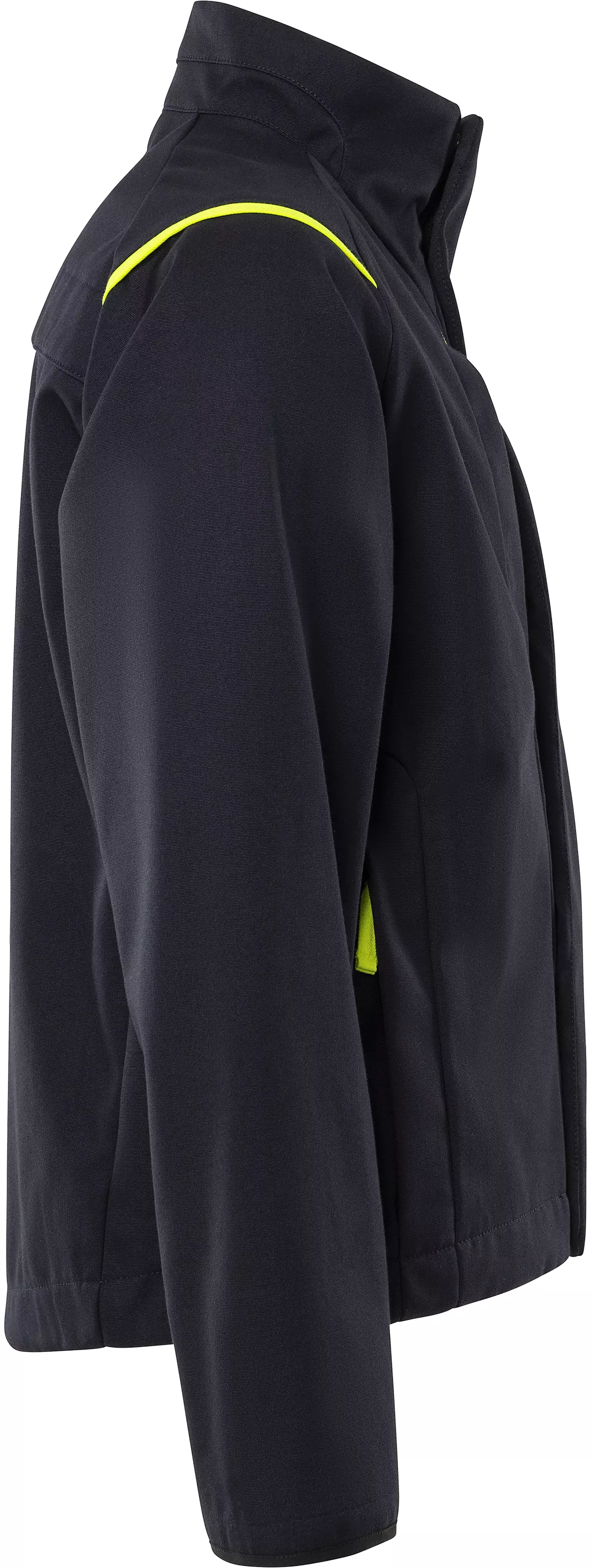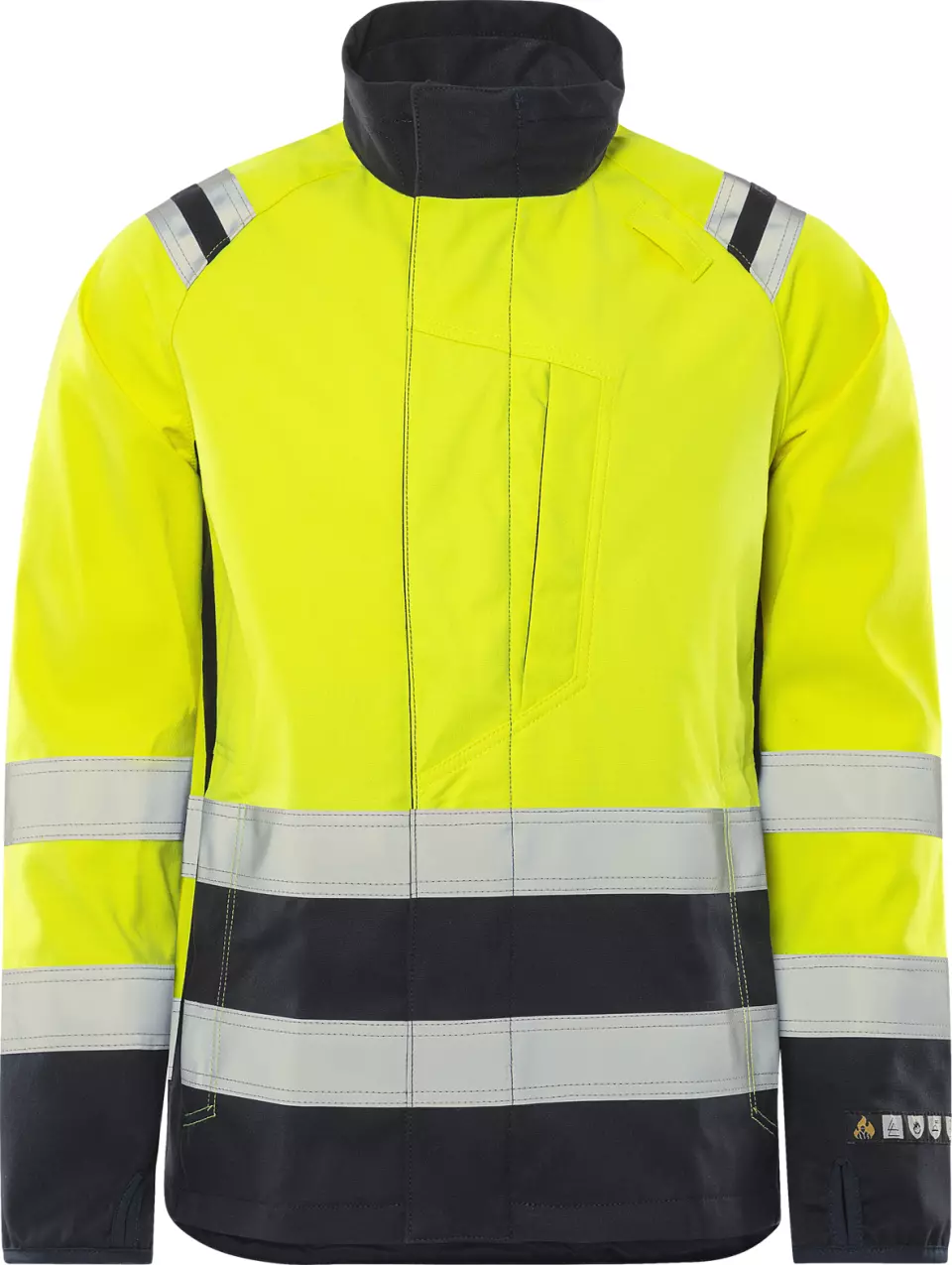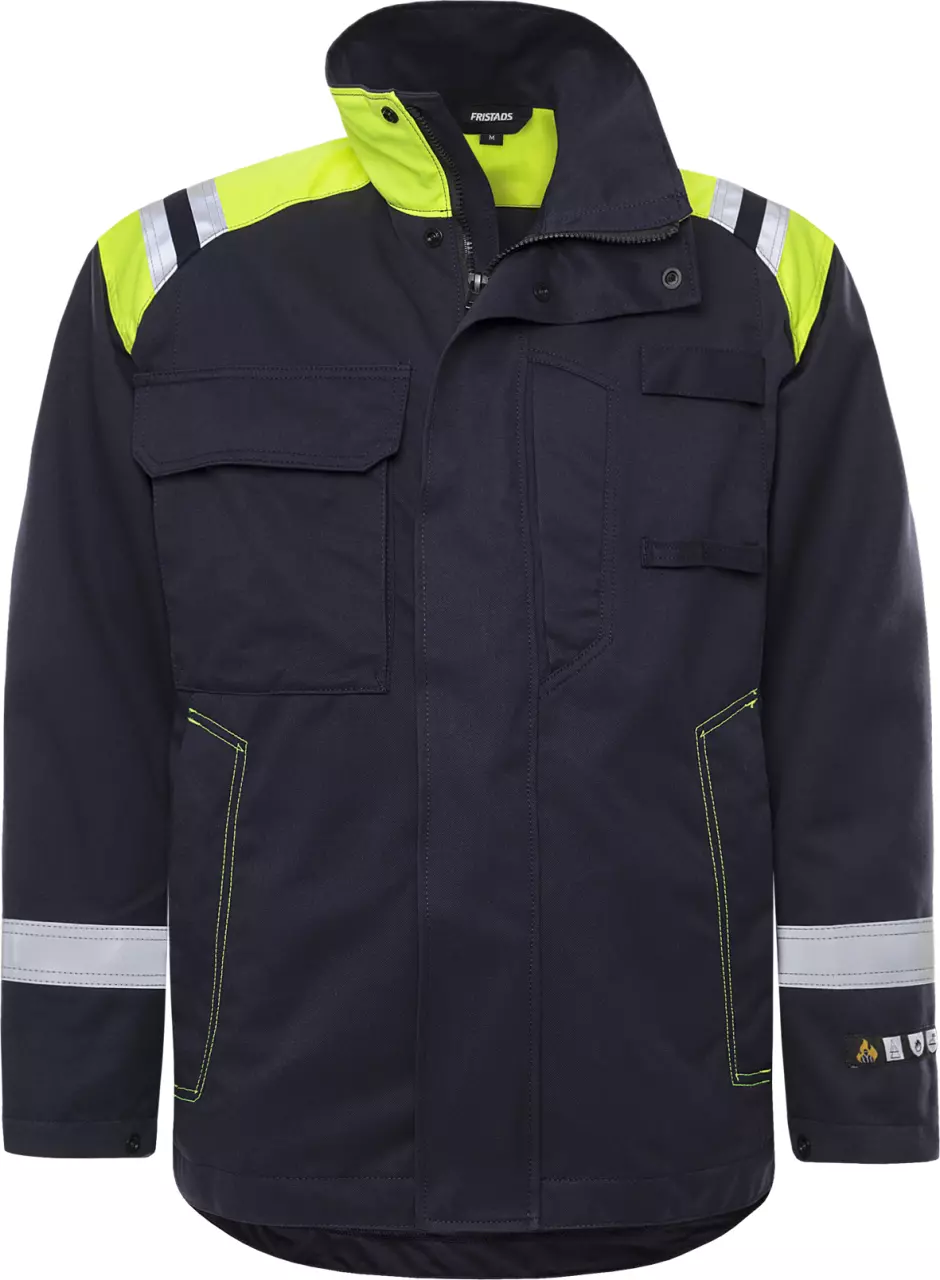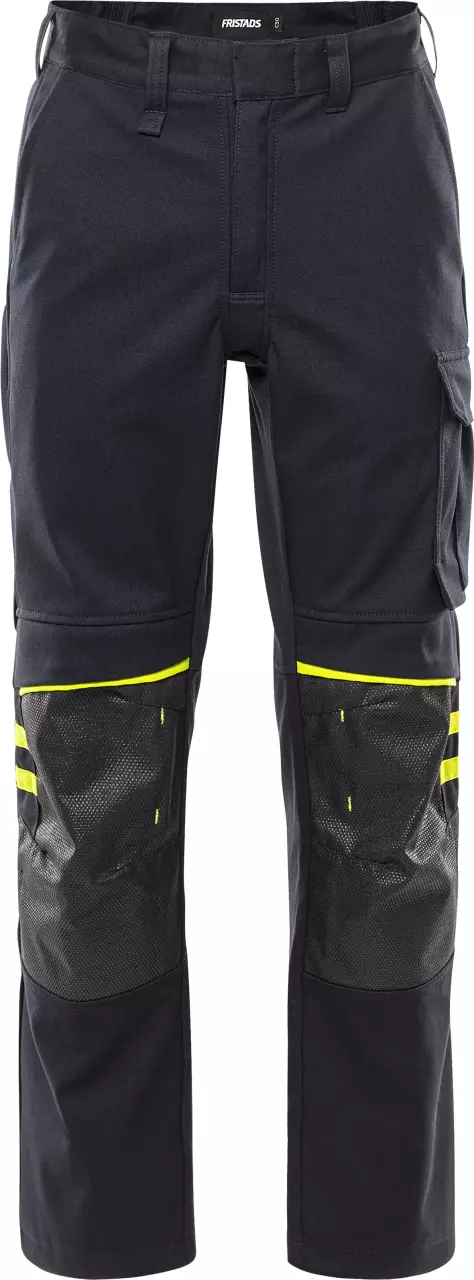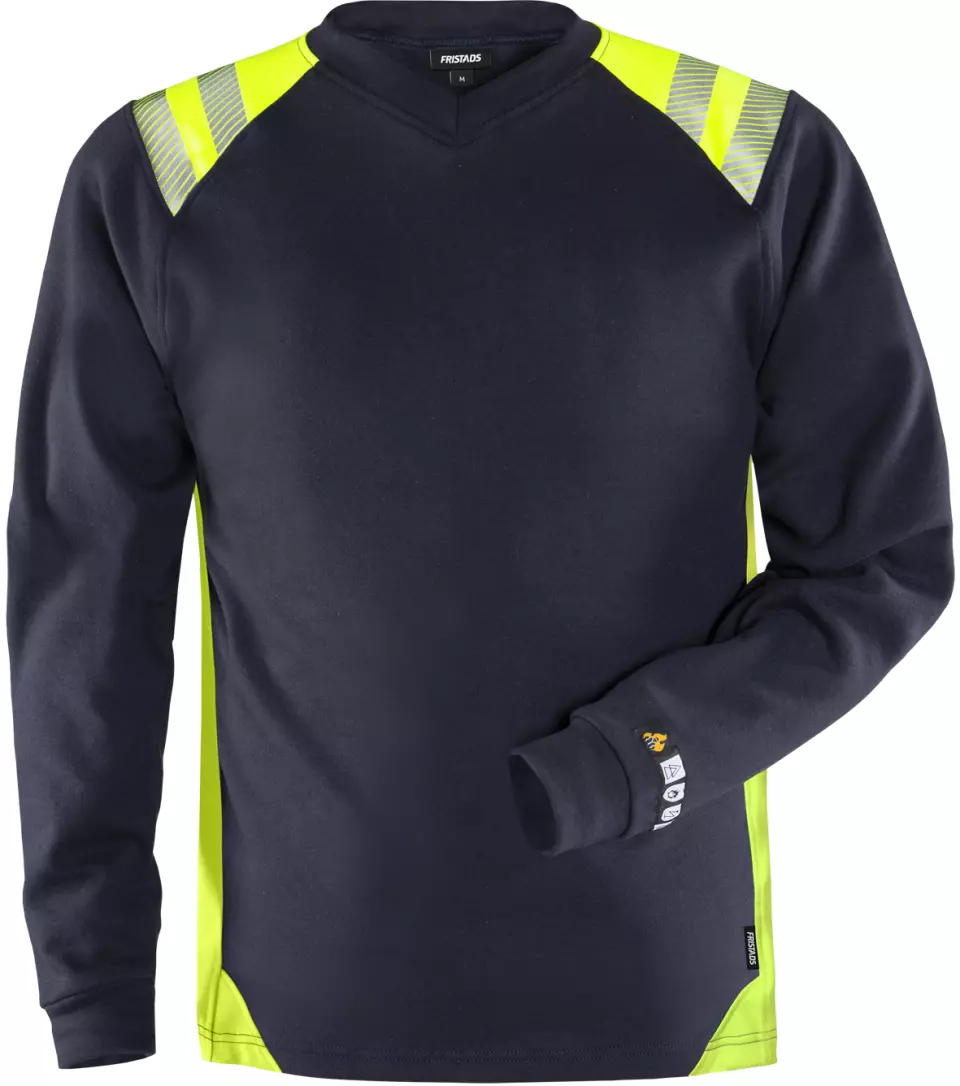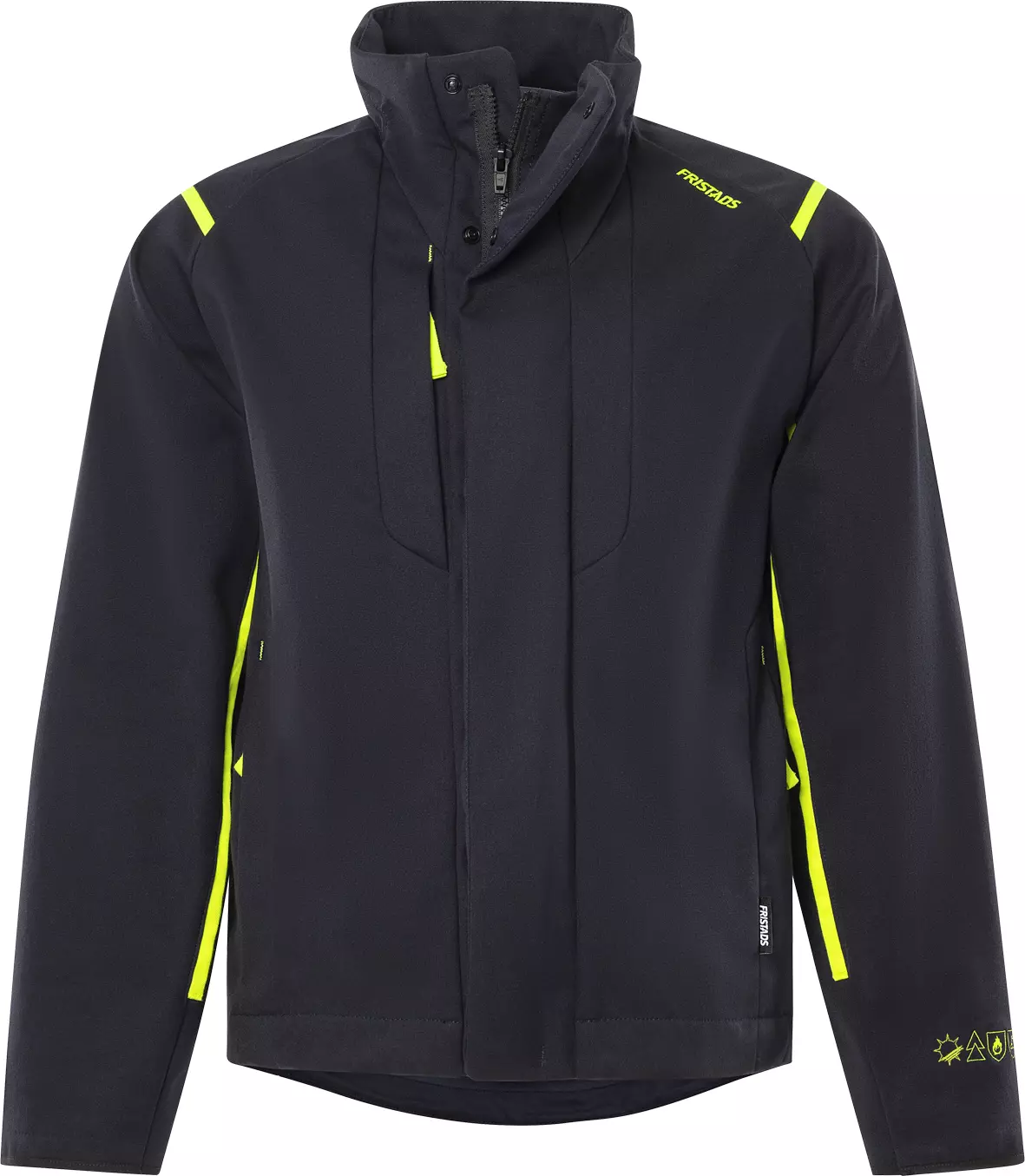
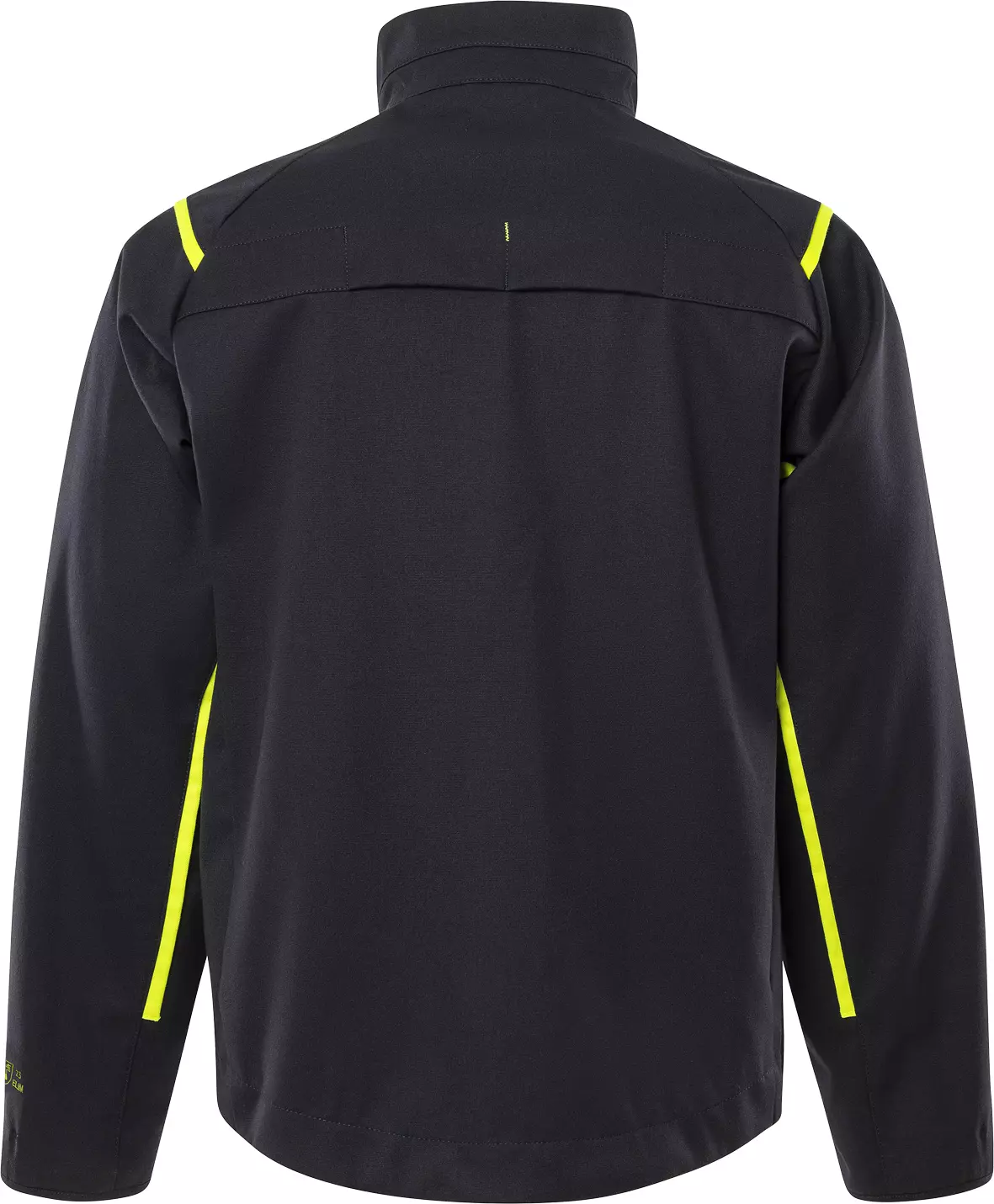
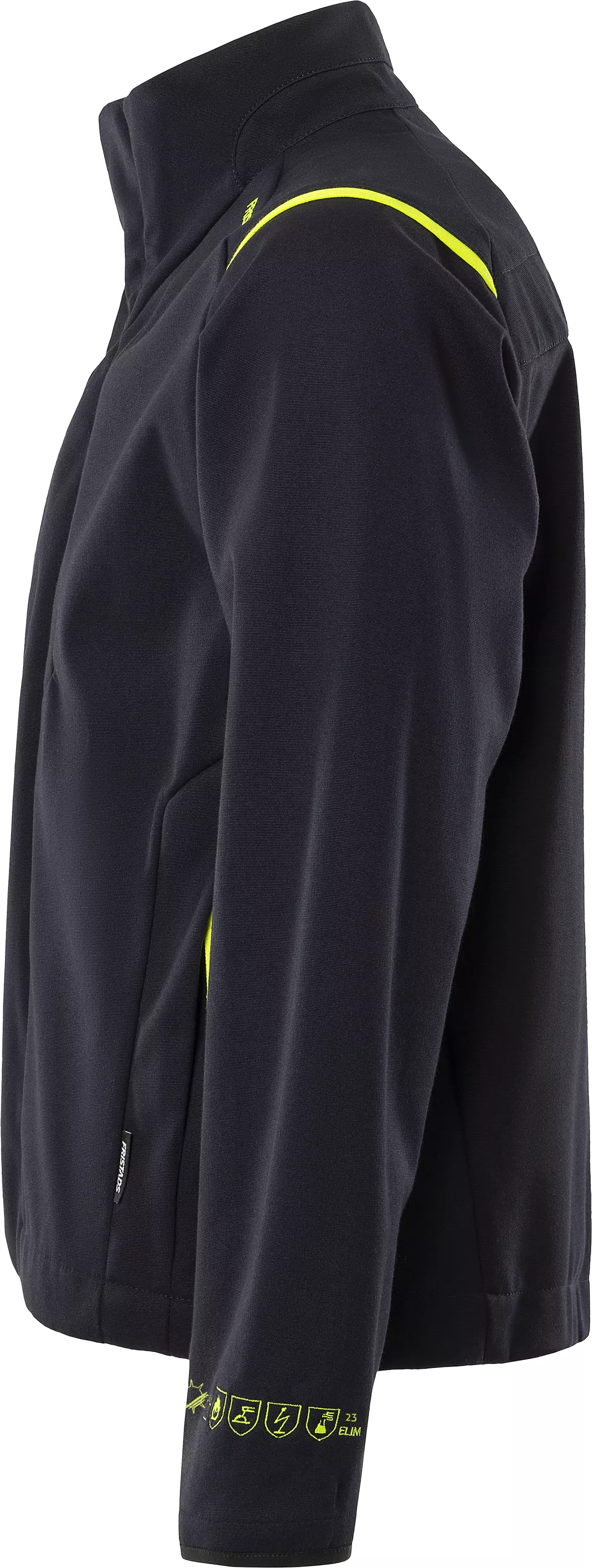
Features You'll Love
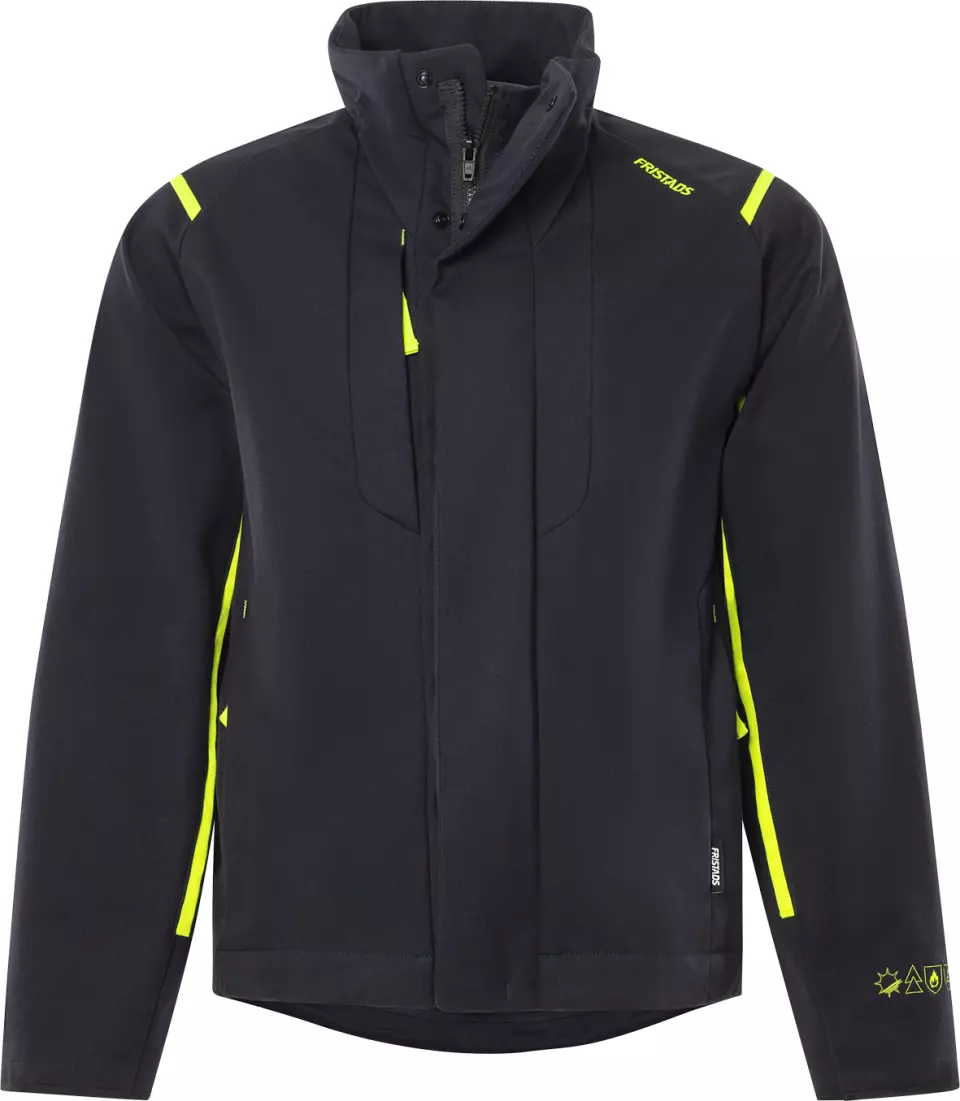
Material · Polyurethane (PU), Cotton, Modacryl, Elastane, Softshell, Polyamide

Closure Style · Zipper
The method used to fasten the jacket or vest, affecting ease of use, security, and weather protection during work activities.
Fristads
Flamestat Softshell Jacket 4180 FSS
Flamestat Softshell Jacket 4180 FSS
5 / 5
260,36 €
Choose size
Out of stock
Free delivery
Features You'll Love

Material · Polyurethane (PU), Cotton, Modacryl, Elastane, Softshell, Polyamide

Closure Style · Zipper
The method used to fasten the jacket or vest, affecting ease of use, security, and weather protection during work activities.
Product description
This Flamestat stretch jacket made from softshell stretch material offers comprehensive protection for demanding work environments with multi-standard certification. The windproof and water-repellent jacket combines flame protection, anti-static properties and UV protection in a PFAS-free and metal-free design. With practical pockets, concealed ventilation openings and adjustable elements, it ensures optimal comfort and functionality for year-round use.
Product Features:
- Softshell stretch material, windproof and water-repellent
- Front pocket with zip to collar and concealed snap fastener
- Chest pocket with concealed vertical zip
- 2 front pockets with concealed zip
- Concealed ventilation openings on upper back
Technical Details:
- Material weight: 365 g/m²
- Elastic band at cuff
- Adjustable waistband with concealed snap fastener
- Extended back
- PFAS-free and metal-free
Standards:
- EN 61482-1-2 APC 2
- EN 61482-1-1 ELIM: 23 cal/cm² EBT: 28 cal/cm²
- EN ISO 11612 A1 A2 B1 C2 F1
- EN ISO 11611 A1 A2 Class 2
- EN 1149-5
- EN 13034 Type PB [6]
- EN 13758-2 UPF 40 UV protection
- Material tested UPF 500 UV protection
- Commercial laundry tested to ISO 15797
- OEKO-TEX® certified
